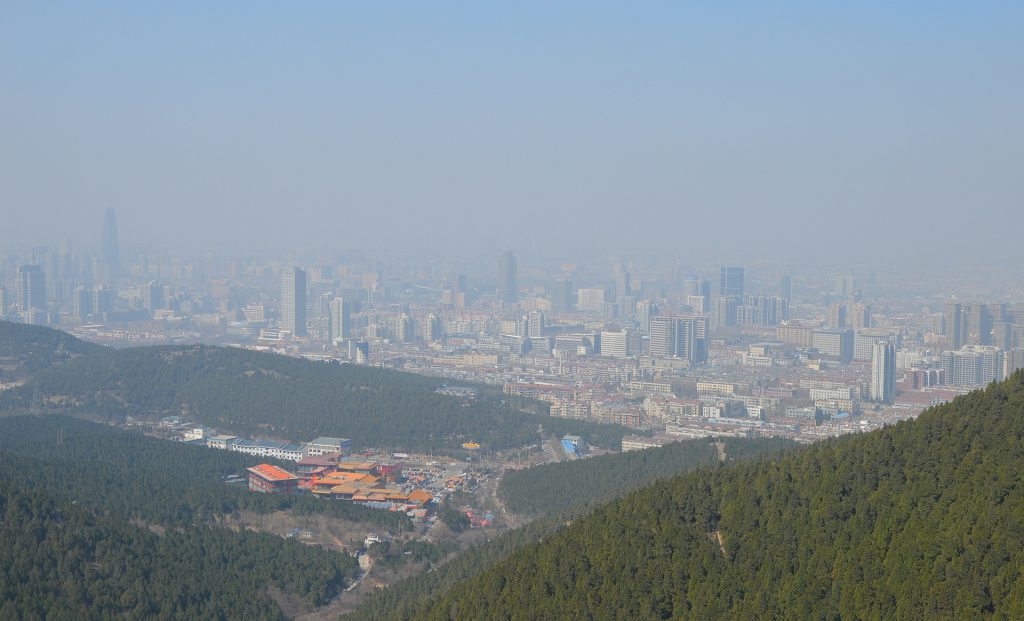
The developing economies of East Asia have enjoyed more than 40 years of growth, except for a brief crisis at the end of the last century. But the single-minded pursuit of economic growth at all costs has created a dangerously unstable monoculture.
East Asians have seen civil liberties such as the right to strike and protest curtailed because it might deter investors. Their habitat has been degraded as power plants and chemical factories have prioritised profits over the environment. And some have seen their democracies hijacked in the name of development by strongmen such as Cambodia’s Prime Minister Hun Sen.
The exclusive focus on pursuing growth has bleached the region’s rich tapestry of ideas, culture and environment to create a landscape that at times can seem to be little more than a glorified industrial park with national flags.
This is particularly evident in politics. The region gave the world some of the great philosopher-politicians of the post-colonial era: Indonesia’s Sukarno and the non-aligned movement, the pursuit of peaceful coexistence amid profound ideological disagreements by China’s Zhou Enlai, and the unshakable belief of Singapore’s Lee Kuan Yew that the city-state could be transformed into a gleaming first-world technopolis.
Some were wrong, and many were ruthless, but the men and women who rebuilt East Asia after the defeat of colonialism exemplified holistic and coherent views of a developing society.
The vision of too many of their successors has shrivelled to a single point: economic growth. In the democracies, electoral campaigns tend to hinge on promises to enable growth more effectively than political rivals, while the autocracies have dropped even the pretence of egalitarianism and redefined social progress as the process of getting rich.
This narrow reliance on growth is a concern because in the current environment governments are unlikely to be able to deliver on their promises. Growth within East Asia is slowing—particularly in China, the fountainhead of regional prosperity. China says its economy grew by 6.7% last year, the slowest rate in more than 25 years, but analysts regard that as optimistic. Developing East Asia as a whole grew by 6.3% in 2016, its sixth straight year of declining growth, and 2 percentage points below its 10-year average.
If growth were to shrink further, the supply chains that once spread the fruits of prosperity could become shock-transmission mechanisms—hawsers capable of dragging countries into conflict when the cycle reverses.
The lingering causes of friction in East Asia—border issues between countries and longstanding ethnic, religious and social tensions within countries—have never disappeared. They have at best been papered over by the shared imperative of growth.
Many of the national and international institutions that could have provided a brake on any descent into conflict have been hollowed out in the name of growth. Across the region, the mechanics of democracy, the independence of the judiciary, freedom of speech and the impartiality of the police, all of which should have roles in mediating between peoples and governments, have been degraded.
The Association of Southeast Asian Nations, which might have provided a robust regional forum for discussing international disputes, has had its inadequacies cruelly exposed by its paralysis over the challenges posed by the South China Sea disputes.
These developments would be worrying enough if they were happening in isolation, but they aren’t. Two major challenges add to regional instability.
America’s ambivalence about its role in Asia has generated a miasma of uncertainty that is creating its own damaging dynamics. Countries unsure of US protection are rearming, and alliances and alignments that have stood for decades are being called into question. China, which has a long history of underestimating regional reactions to its expansionism, is feeling more confident about throwing its weight around.
The second shift comes from the impact of events in the Middle East. The Islamic State group seems on the verge of collapse, but when that happens the problem of terrorism will metastasise worldwide. International focus has been on the problem of returning fighters, but that’s just the tip of the iceberg. There will be thousands of young militants who can’t return to their home countries and could end up hiding in the jungles of Southeast Asia, committed, well trained and with little to lose.
Religiously tinged conflicts or proto-conflicts in Indonesia, Malaysia, Myanmar, the southern Philippines, southern Thailand and Xinjiang will provide natural focal points for their anger. Terrorism on its own may not pose an existential threat to any nation in East Asia, but a particularly egregious act of slaughter could trigger a vicious cycle of overreaction that already weakened institutions will struggle to stop.
As they are configured, East Asia’s governments are ill-prepared for a sustained period of slow economic growth. Unless they can develop a broader vision of a shared future that is less reliant on growth as the key measure of success, their legitimacy will continue to be eroded, leaving them vulnerable to populist challenges from within and external shocks from terrorist attacks or predatory neighbours.
 Print This Post
Print This Post